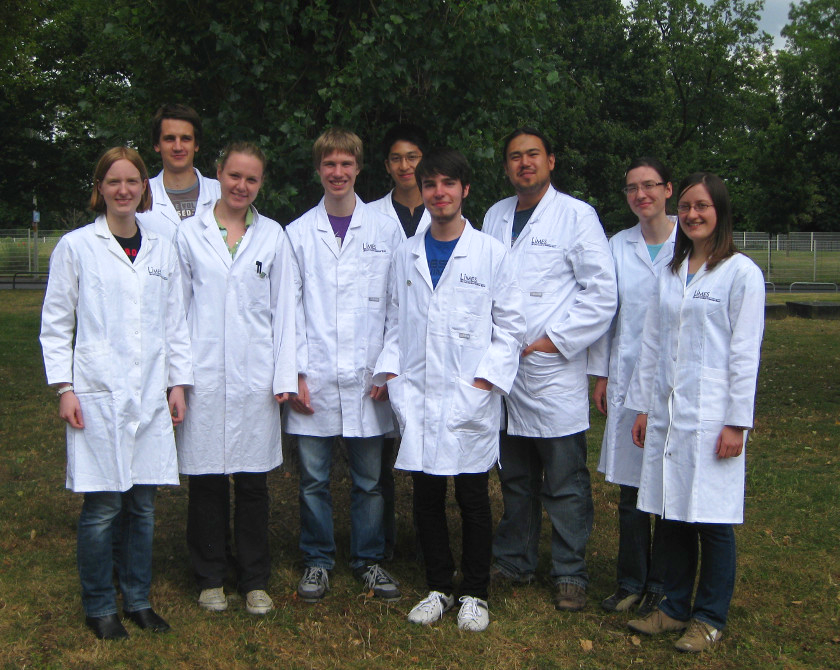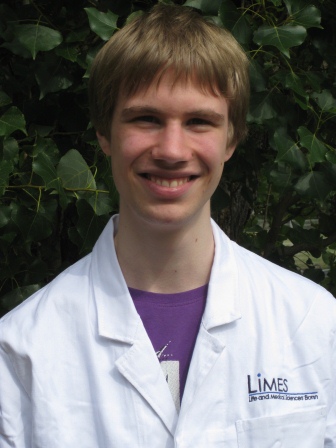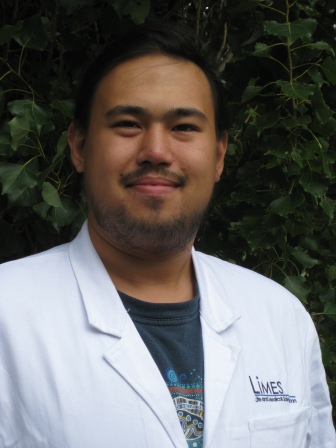Team:Bonn/Team
From 2012.igem.org
(→Where we're from) |
|||
| Line 72: | Line 72: | ||
Image:Philipp.jpg|Philipp Sander | Image:Philipp.jpg|Philipp Sander | ||
Image:MaxS.jpg|Max Schelski | Image:MaxS.jpg|Max Schelski | ||
| + | Image:Erik_2.jpg|Erik Stricker | ||
</gallery> | </gallery> | ||
|} | |} | ||
Revision as of 20:08, 26 September 2012
| Home | Team | Project | Activities | Parts Submitted to the Registry | Notebook | Safety | Attributions | Sponsors |
|---|
The Team
Who we are
We are 11 B.Sc. students from the University of Bonn.
You can also visit our website at University of Bonn to learn about our [http://igem12.uni-bonn.de/team-en/ team].
|
Instructors:
|
|
We all study Molekulare Biomedizin (Molecular Biomedicine) at the University of Bonn.
What we did
Our team was formed in October 2011 as the first Team from the University of Bonn.
In May 2012 we began to work in the lab. Also take a look at our [http://igem12.uni-bonn.de website at the University of Bonn]
Where we're from
Bonn is located in North Rhine-Westphalia, Germany, just a few kilometers south of Cologne and has a very interesting past.
It was first mentioned between 13 and 9 BC as Bonna by the Roman writer Florus.
As Castra Bonnensia, a Roman fort, it served as a destination to retreat for the troops from Cologne after the failed offensive in the Teutoburg Forest.
In 9 AD Bonn was known as Castra Bonnensia. Due to the Roman fort people started to settle down in the vicinity and a small city began to form.
In the 17th and 18th century the Cologne electors chose Bonn as residency and built many baroque buildings. Bonn was the capital of West-Germany from 1949 – 1990. But even though these times are over, some Federal Agencies are still located in Bonn (such as the Federal Ministry of Defense).
The baroque palace in the city center now serves as the main building of the University of Bonn, which was established in 1818 as the sixth Prussian University.
The Rheinische Friedrich-Wilhelms-Universität Bonn isn’t a campus university, but with many buildings all over the city.
The natural scientific faculties are located in Bonn-Poppelsdorf and Bonn-Endenich, west of the city center. The [http://www.limes-zentrum.uni-bonn.de/Seiten/about/about.html Life and Medical Science Institute] in Bonn-Poppelsdorf is a modern center of biomedical sciences.
“A common scientific focus of the LIMES Institute is to study metabolism and immunity and their cross-regulation in health and disease. The LIMES research groups provide major research expertise in Chemical Biology, Medicinal Chemistry, Development, Genetics, Cell and Immune Biology, Membrane Biology and Lipid Biochemistry. They co-operate in a number of interdisciplinary research initiatives funded by the German Research Foundation DFG (Collaborative Research Centers SFBs 645, 704).” (Quelle: http://www.limes-zentrum.uni-bonn.de/Seiten/about/about.html)
 "
"












